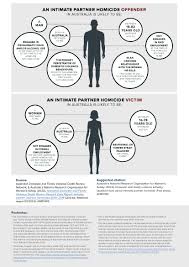What is Homicide? Exploring the Definition and Legal Aspects

Understanding Homicide
Homicide is defined as the intentional killing of another person. It is a serious criminal offense that raises critical ethical and legal issues in society. Understanding the nuances of homicide is essential, especially given its implications for public safety, legal systems, and societal values.
Types of Homicide
There are various types of homicide recognized by legal systems, each carrying different legal definitions and consequences. The two primary categories include:
- Intentional Homicide: This occurs when an individual deliberately plans and executes a killing. This type often includes murder charges, which can be classified into first-degree murder (planned and executed with premeditation) and second-degree murder (intentional but without premeditation).
- Unintentional Homicide: This type refers to killings that occur without the intent to kill, often resulting from reckless behavior or negligence. Examples include manslaughter and vehicular homicide.
Legal Implications
In Canada, homicide is governed by the Criminal Code, which outlines the differences between various forms of homicide. It is categorized as either murder or manslaughter, and penalties vary significantly depending on the type and circumstances surrounding the case. For instance, first-degree murder can carry a life sentence without the possibility of parole for 25 years, while manslaughter may result in a lesser sentence. Recent discussions in Canadian law have focused on reforming aspects of these definitions to better serve justice and reflect societal views on rehabilitation and punishment.
Recent Trends and Case Studies
In recent years, Canadian cities have grappled with rising homicide rates, often linked to gang activities and drug-related violence. According to Statistics Canada, the national homicide rate increased by 27% from 2019 to 2020, reaching its highest level in nearly a decade. This stark increase has sparked debates about public safety, community resources, and law enforcement strategies.
Recent high-profile homicide cases have captured public attention, highlighting the complexities of legal proceedings and the emotional toll on families and communities. These cases often raise questions about the effectiveness of current laws in preventing violence and promoting justice.
Conclusion
The understanding of homicide is critical for forming informed perspectives on justice systems, public policy, and community safety. As society continues to evolve, ongoing discussions about the definitions, penalties, and prevention strategies related to homicide remain essential. With the rising rates of violent crime, there is a pressing need for comprehensive approaches that address the root causes of violence while ensuring justice for victims and accountability for offenders.





